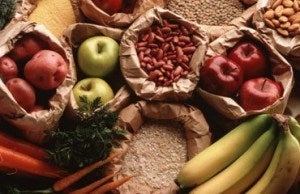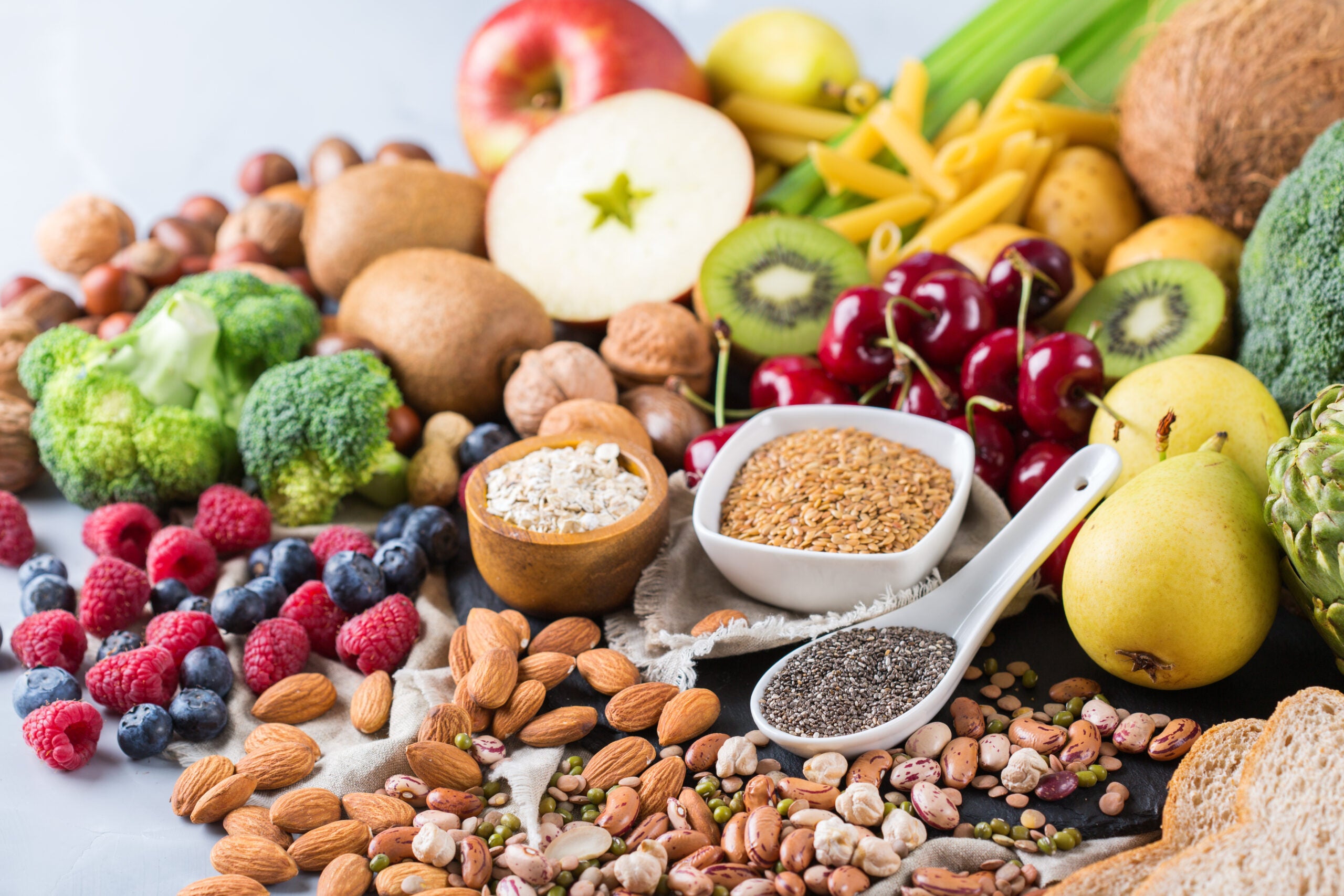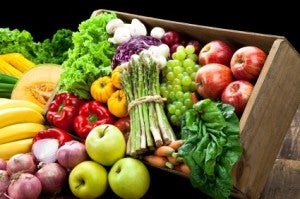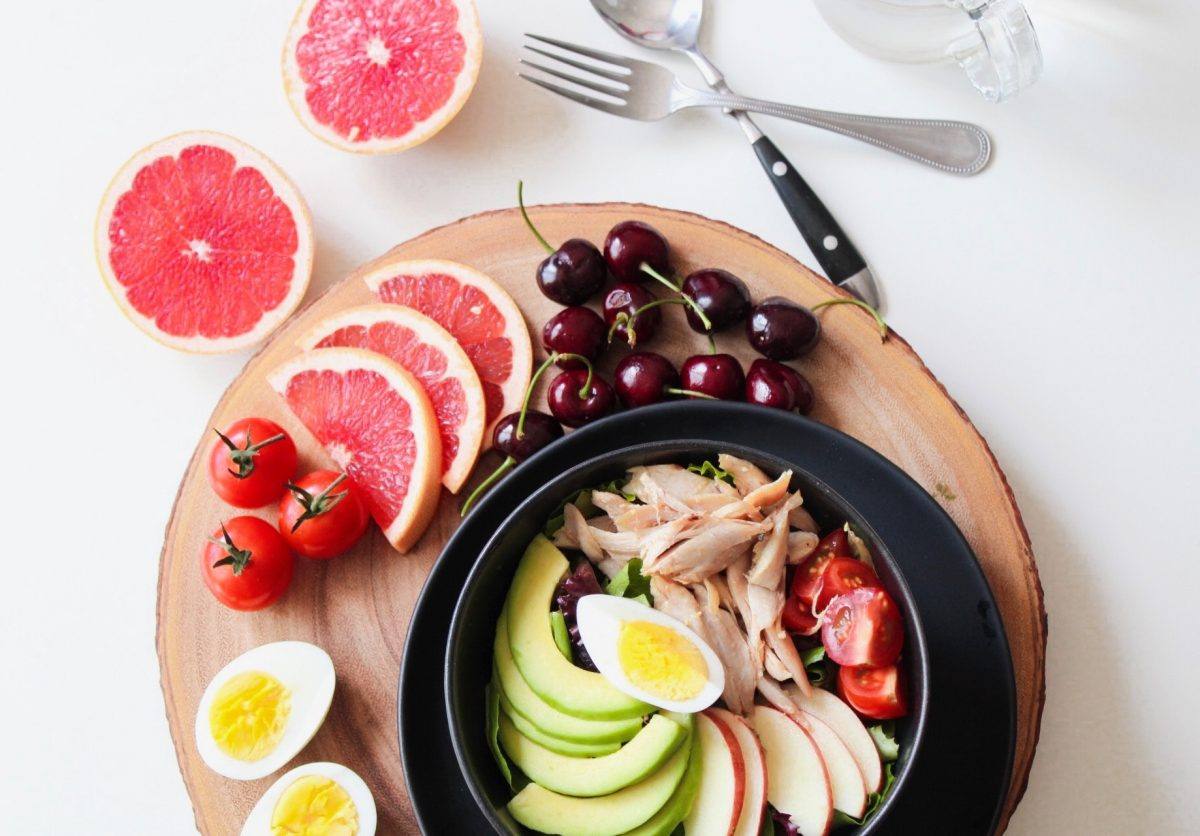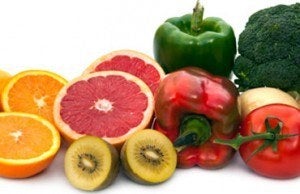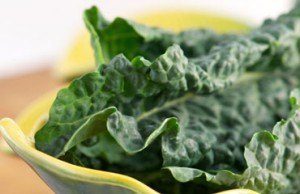The Healthy Eating Plate, created by experts at Harvard T.H. Chan School of Public Health and Harvard Medical School, points consumers to the healthiest choices in the major food groups. The U.S. Department of Agriculture’s (USDA) MyPlate, though it has been revised to reflect some key findings, still doesn’t offer the most complete picture when … Continue reading “Healthy Eating Plate vs. USDA’s MyPlate”
Using Harvard’s Healthy Eating Plate as a guide, we recommend eating mostly vegetables, fruit, and whole grains, healthy fats, and healthy proteins. We suggest drinking water instead of sugary beverages, and we also address common dietary concerns such as salt and sodium, vitamins, and alcohol. It’s also important to stay active and maintain a healthy … Continue reading “What Should I Eat?”
Carbohydrates: quality matters What’s most important is the type of carbohydrate you choose to eat because some sources are healthier than others. The amount of carbohydrate in the diet – high or low – is less important than the type of carbohydrate in the diet. For example, healthy, whole grains such as whole wheat bread, rye, barley and quinoa are better choices … Continue reading “Carbohydrates”
Fiber is a type of carbohydrate that the body can’t digest. Though most carbohydrates are broken down into sugar molecules called glucose, fiber cannot be broken down into sugar molecules, and instead it passes through the body undigested. Fiber helps regulate the body’s use of sugars, helping to keep hunger and blood sugar in check. … Continue reading “Fiber”
Vegetables and fruits are an important part of a healthy diet, and variety is as important as quantity. No single fruit or vegetable provides all of the nutrients you need to be healthy. Eat plenty every day. A diet rich in vegetables and fruits can lower blood pressure, reduce the risk of heart disease and … Continue reading “Vegetables and Fruits”
Vitamins and minerals are micronutrients required by the body to carry out a range of normal functions. However, these micronutrients are not produced in our bodies and must be derived from the food we eat. Vitamins are organic substances that are generally classified as either fat soluble or water soluble. Fat-soluble vitamins (vitamin A, vitamin … Continue reading “Vitamins and Minerals”
Is a glass of OJ or vitamin C tablets your go-to when the sniffles come? Loading up on this vitamin was a practice spurred by Linus Pauling in the 1970s, a double Nobel laureate and self-proclaimed champion of vitamin C who promoted daily megadoses (the amount in 12 to 24 oranges) as a way to … Continue reading “Vitamin C”
Vitamin D is both a nutrient we eat and a hormone our bodies make. It is a fat-soluble vitamin that has long been known to help the body absorb and retain calcium and phosphorus; both are critical for building bone. Also, laboratory studies show that vitamin D can reduce cancer cell growth, help control infections … Continue reading “Vitamin D”
Vitamin K is a fat-soluble vitamin that comes in two forms. The main type is called phylloquinone, found in green leafy vegetables like collard greens, kale, and spinach. The other type, menaquinones, are found in some animal foods and fermented foods. Menaquinones can also be produced by bacteria in the human body. [1] Vitamin K … Continue reading “Vitamin K”
The Experts: Dr. Walter Willett and Amy Myrdal Miller We asked Dr. Walter Willett of Harvard School of Public Health and Amy Myrdal Miller, M.S., R.D. of The Culinary Institute of America to explain why it’s time to end the “low fat is best” myth—and to provide ideas for how to use healthy fats in … Continue reading “Ask the Expert: Healthy Fats”

